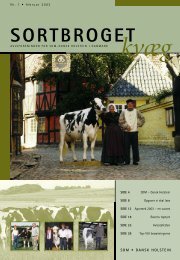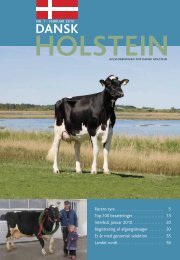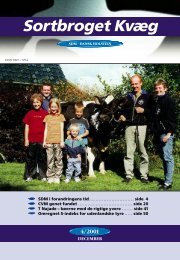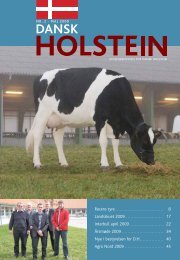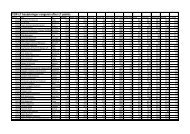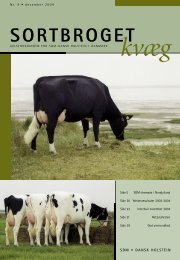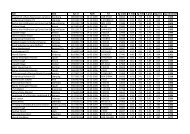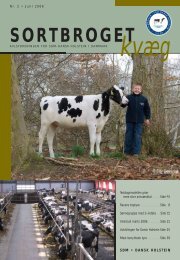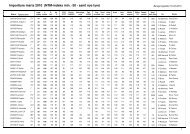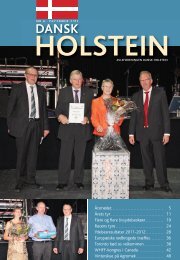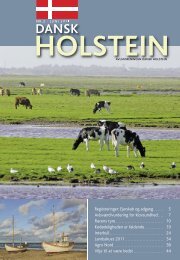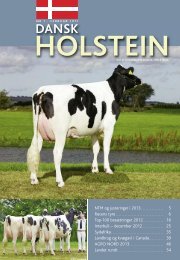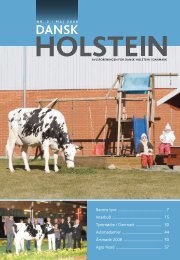2012 WORLD HOLSTEIN CONFERENCE - Dansk Holstein
2012 WORLD HOLSTEIN CONFERENCE - Dansk Holstein
2012 WORLD HOLSTEIN CONFERENCE - Dansk Holstein
You also want an ePaper? Increase the reach of your titles
YUMPU automatically turns print PDFs into web optimized ePapers that Google loves.
SESSION 1: THE GENOMIC REVOLUTIONInbreeding Using Genomics & How It Can HelpFLAVIO SCHENKEL (CANADA)Dr. Schenkel holds a number of degrees including a Ph.D. in AnimalBreeding from the Department of Animal and Poultry Science,University of Guelph. He also holds a B.Sc. and M.Sc. from FederalUniversity of Rio Grande do Sul, Brazil. In his academic activities,Dr. Schenkel has published 51 refereed papers, 57 short papers inconferences, and more than 98 scientific abstracts and technicalarticles. His main academic interests are in the genetic improvementof livestock including estimation of genetic and environmentalparameters required for genetic evaluations; genetic evaluation andimprovement of livestock through statistical modeling; detection ofquantitative trait loci; combining molecular and quantitative geneticinformation into genetic evaluations; genomically enhanced geneticevaluations and selection; and conservation of genetic variability and diversity.Inbreeding is a current topic in <strong>Holstein</strong> breeding mainly because breeding programs around the world arefocussed on a limited number of <strong>Holstein</strong> bulls to be used as sires of sons. Genomic selection has been successfullyimplemented in <strong>Holstein</strong> cattle evaluation in several countries worldwide. One of the challenges that still remainsafter its implementation is how to optimally manage inbreeding. Studies suggest that genomic selection will resultin a lower rate of inbreeding per generation, a consequence of increasing selection emphasis on Mendelian samplingcomponent of the breeding value rather than on the part derived from relatives. This allows differentiate full-sibsthat have different Mendelian sampling values, therefore being less likely to co-select them for breeding than if theselection decision was made just based on their parents’ breeding values. Nevertheless, because genomic evaluation isavailable early in the animal’s life, the corresponding decrease in generation interval might actually result in an increasein inbreeding per year. Genomic information offers, however, an excellent opportunity to examine inbreeding andgenetic diversity at the genome level, so that the actual levels of inbreeding and relationship between individualscan be more accurately calculated and predicted. Simulation studies show that selection schemes (e.g., optimumcontribution) and mating strategies (e.g., minimum co-ancestry) might be even more valuable to control inbreedingunder genomic selection than before. The development of strategies to better use genomic information aiming tomake fast genetic progress whilst managing inbreeding and diversity levels seems currently needed.11



